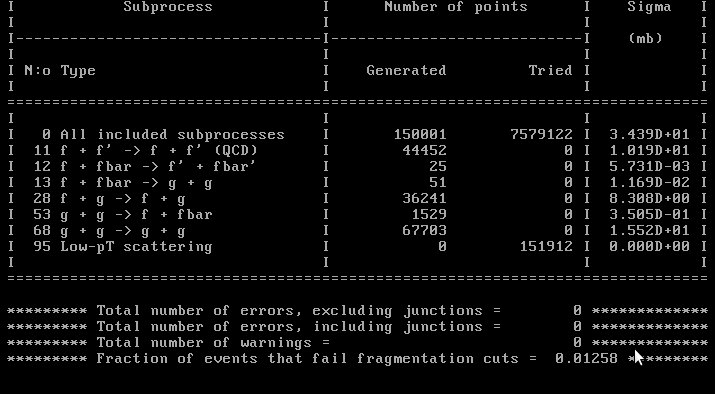LHC @ home 2.0 opens for everyone
CERN began open beta testing of the popular distributed computing program LHC @ home 2.0 . The first version of LHC @ home 1.0 since 2004 has been used to simulate the behavior of a beam of charged particles with different parameters of the action of control magnets of the Large Hadron Collider. It was important to adjust the magnets of the TANK, but no more.
The second version of the program is fundamentally different. Here, real collisions of particles with certain parameters are already modeled. The Large Hadron Collider is the largest scientific experiment in the history of mankind. And now we can all participate in it.
As part of the Test4Theory project, the results of calculations from home PCs of users are transferred to a central database that is used by physicists to test and correct theories, search for and explain new phenomena. The Test4Theory project has been in alpha testing since October 2010 (by invite), and now it has been opened to all comers: see the client installation instructions (let us know in advance: you need 9 GB of free disk space)

')
Test4Theory is the first step in moving data processing from the Large Hadron Collider from grid systems to a distributed network on ordinary users' computers. This is relevant in connection with budget cuts. Anyway, unlimited computing resources are required for calculations in the field of quantum physics.
The potential of distributed computing can be estimated using the example of the largest distributed computing project in history, SETI @ Home (included in the Guinness Book of Records). Now 231,624 computers are participating in it, which corresponds to a computing power of about the 14th supercomputer in terms of performance in the Top 500 list.
The second version of the program is fundamentally different. Here, real collisions of particles with certain parameters are already modeled. The Large Hadron Collider is the largest scientific experiment in the history of mankind. And now we can all participate in it.
As part of the Test4Theory project, the results of calculations from home PCs of users are transferred to a central database that is used by physicists to test and correct theories, search for and explain new phenomena. The Test4Theory project has been in alpha testing since October 2010 (by invite), and now it has been opened to all comers: see the client installation instructions (let us know in advance: you need 9 GB of free disk space)

')
Test4Theory is the first step in moving data processing from the Large Hadron Collider from grid systems to a distributed network on ordinary users' computers. This is relevant in connection with budget cuts. Anyway, unlimited computing resources are required for calculations in the field of quantum physics.
The potential of distributed computing can be estimated using the example of the largest distributed computing project in history, SETI @ Home (included in the Guinness Book of Records). Now 231,624 computers are participating in it, which corresponds to a computing power of about the 14th supercomputer in terms of performance in the Top 500 list.
Source: https://habr.com/ru/post/125964/
All Articles